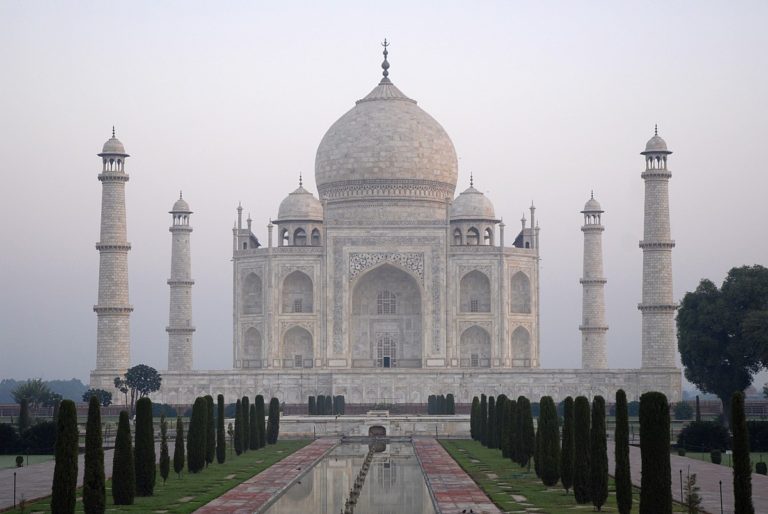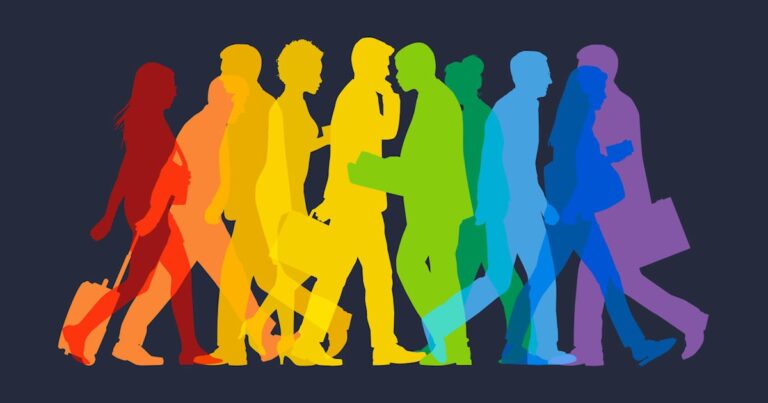
Source : Google
The Valdivia earthquake of 1960 was the most powerful earthquake ever recorded. Originating off the coast of southern Chile, this huge temblor caused substantial damage and loss of life both in that country and—as a result of the tsunamis that it generated—in distant Pacific coastal areas. The quake occurred in the early afternoon of May 22nd, 1960, and had a 9.5 ratingon the Moment magnitude scale. The earthquake affected southern Chile, Hawaii, Japan, the Philippines, and the Aleutian Islands in Alaska too. Its epicentre was Valdivia, Chile.
It was estimated that about 40% of the houses were destroyed, leaving 20,000 people homeless. The earthquake caused a tsunami that struck the coast of southern Chile destroyed seaside farms, killing numerous livestock and people. Barns and industrial structures were destroyed by the quake. After the massive earthquake, the residents who thought they had reached high ground were wrong. At 4:20 pm, an 8m wave hit the shore. Minutes later, a 10.5m wave also hit the already crushed shore. The last Tsunami was estimated to kill around 1000 people. 15hours after the tsunami hit Chile, it started heading towards Hawaii, The Philippines and Japan where the death toll also rose. It caused so much damage, that it came to be known as the Great Chilean Earthquake by the locals of Chile.
What caused the Chile earthquake of 1960 and Why is it considered the strongest earthquake in the world?
After the earthquake, scientist pondered over how it occurred. The results of their research indicated that the Nazca plate-a large tectonic plate that underlies the Pacific Ocean near the western coast of South America– is subducted under (that is, in subduction or being forced under) the South American plate. A sudden breaking in the rocks along a roughly 560–620-mile (900–1,000-km) stretch of the Nazca Plate caused the earthquake, which has generally been agreed to have had a magnitude of 9.5—the largest earthquake recorded in the 20th century. The magnitude of 9.5 is a number that has never been registered for an earthquake and it is the highest of its kind. Therefore, the Valdivia earthquake is considered to be the strongest and most destructive earthquake in the world.
Natural Disasters caused by the earthquake
The tsunami caused by the devastating Earthquake pounded the Chilean coastline with waves of up to 25 meters. The main tsunami travelled across the Pacific Ocean and caused great damage to Hilo, Hawaii. Waves as high as 10.7 meters were recorded 10,000 kilometres from where the earthquake started. It also triggered numerous landslides, volcanic eruptions, floods and seiches.
Consequences and response
The levels of material damage were relatively low given the high magnitude of the earthquake. Part of the rationale behind this was the limited infrastructure development of the region next to the rupture zone. Structures that had been designed to resist earthquakes performed well during the earthquake, chiefly suffering damage when affected by soil subsidence or small fault movements. Houses built by their owners fared badly. Within the regions of Maule and Bío Bío, houses built from adobe and masonry proved weak, while from Araucanía to the south weak houses were mainly those built with inappropriate wood that had decayed over time.
The most affected structures were those built of concrete, which in some cases collapsed completely, because they were not built using modern earthquake engineering. Traditional wooden houses fared better; although many were uninhabitable if they did not collapse. Houses built upon elevated areas suffered considerably less damage compared to those on the lowlands, which absorbed great amounts of energy. Many city blocks with destroyed buildings in the city centre remained empty until the 1990s and 2000s, with some of them still used as parking lots. Before the earthquake, some of these blocks had modern concrete buildings built after the Great Valdivia fire of 1909.
Valdivia’s bridges suffered only minor damage. Land subsidence in Corral Bay improved navigability as shoal banks, produced earlier by sediments from Madre de Dios and other nearby gold mines, sank and were compacted. As the earthquake destroyed Valdivia’s flood barriers, general land subsidence exposed new areas to flooding.
The United States quickly set up a field hospital following the earthquake. Aided by the United States, a geological survey of Valdivia was done following the earthquake and resulted in the city’s first geological map. Mexico built and donated the public-school Escuela México after the earthquake.
Creation of emergency committee and human sacrifice
After the 1960 Valdivia earthquake, a committee was formed to solve problems caused by the earthquake. It continued to operate, to develop approaches for national emergencies. In 1974, after the 1971 eruption of Villarrica volcano, the committee was officially founded as ONEMI (Spanish acronym for Ministry of Interior National Emergency Office) when it was authorized by law as an independent governmental office.
In the coastal village Collileufu (La Araucanía Region), native Lafkenches carried out a human sacrifice during the days following the main earthquake. Collileufu, located in the Budi Lake area, south of Puerto Saavedra, was in 1960 highly isolated. The Mapuche spoke primarily Mapudungun. The community had gathered in Cerro La Mesa, while the lowlands were struck by successive tsunamis. Juana Namuncura Añen, a local machi, demanded the sacrifice of the grandson of Juan Painecur, a neighbour, in order to calm the earth and the ocean. The victim was 5-year-old José Luis Painecur, an “orphan” (huacho) whose mother had gone to work as a domestic worker in Santiago and left her son under the care of her father.
The sacrifice was learned about by authorities after a boy in the commune of Nueva Imperial denounced to local leaders the theft of two horses; these were allegedly eaten during the sacrifice ritual. Two men were charged with the crime of murder and confessed, but later recanted. They were released from prison after two years. A judge ruled that those involved had “acted without free will, driven by an irresistible natural force of ancestral tradition”. The story was mentioned in a Time magazine article, although with little detail.
The Aftermath
The economic impacts of natural disasters can be devastating to countries affected by earthquakes and tsunamis. The Chilean government estimated that nearly two million people became homeless and over 58,000 houses were completely destroyed. The damage from the earthquake and tsunami totalled more than $550 million U.S. dollars.
In Hawaii, the tsunami created over $23.5 million U.S. dollars in damage and the U.S. West Coast suffered an additional $1 million in damages. Damages were also reported in Japan, the Philippines, Easter Island (Chile), Tahiti (French Polynesia), New Zealand, American Samoa, Alaska (USA), and Kamchatka (Russia).
In case of such an earthquake, we must always Drop, Cover and Hold on as well as remember the precautionary measures. The Great Chilean Earthquake left the citizens of Chile in shock but there is hope that a repeat of this catastrophic earthquake does not happen any time soon.
By Sandhya Viswanathan, Dubai, UAE


